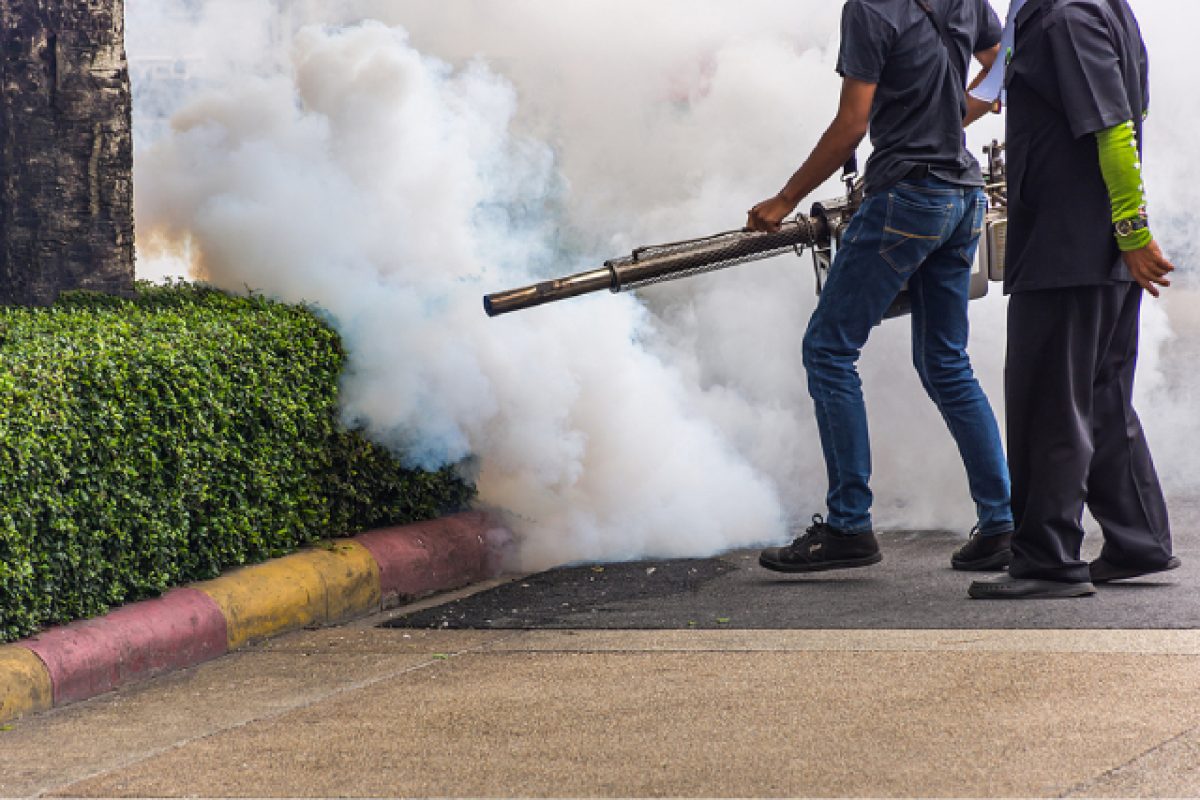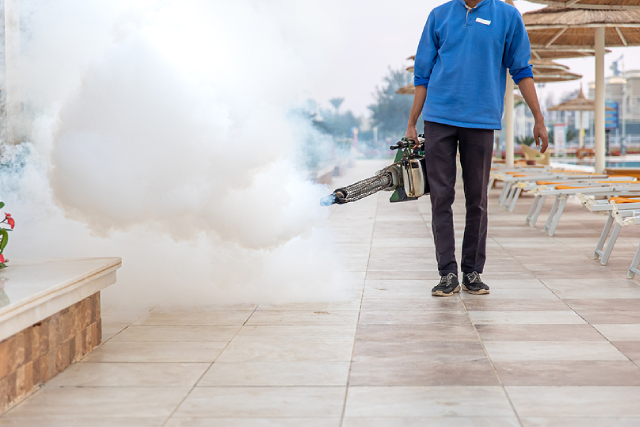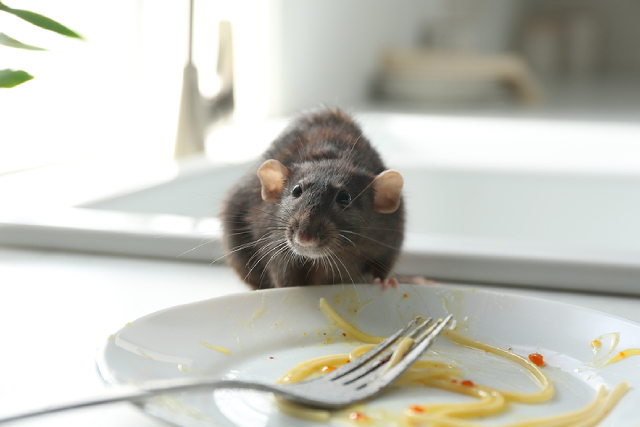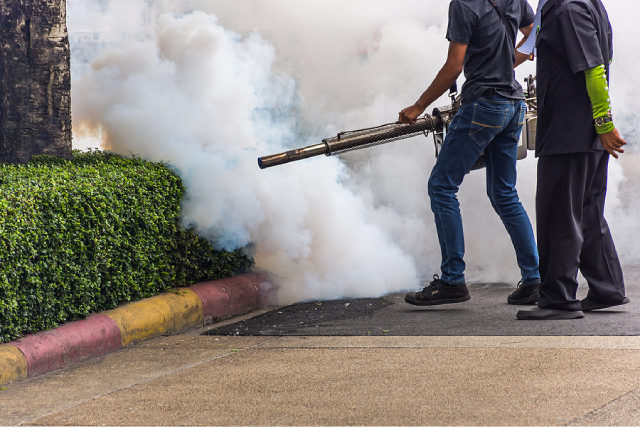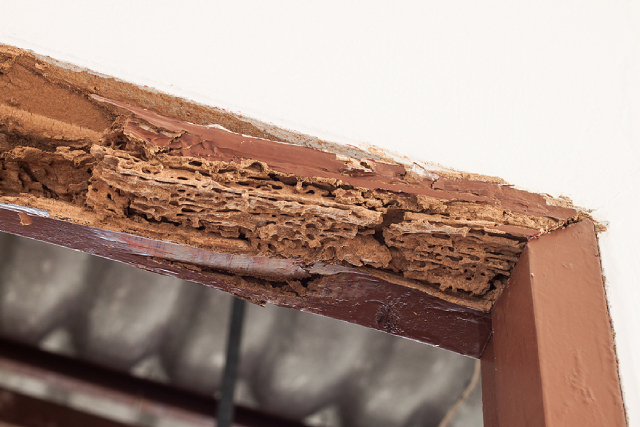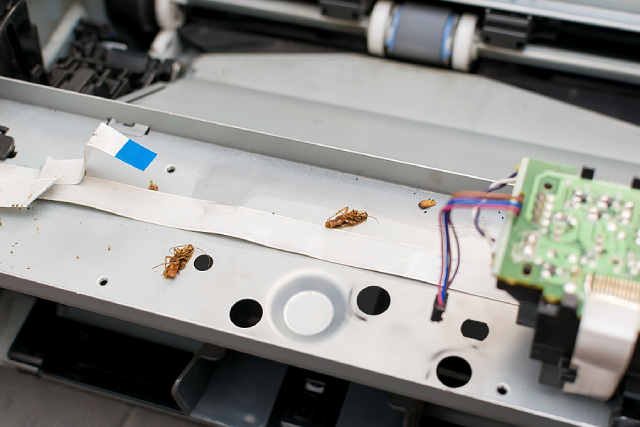Mosquitoes remain one of Singapore’s most annoying and dangerous pests. Beyond the constant buzzing and itchy bites, they are also capable of spreading serious illnesses. Over the years, dengue has been the most well-known mosquito-borne disease here, but it’s not the only threat. Chikungunya, a viral disease with symptoms similar to dengue, has been on the rise too, prompting renewed concern among health authorities.
In recent months, Singapore has seen a spike in chikungunya cases, with the authorities keeping a close watch on the situation. As of August 2, there have been 17 reported cases of chikungunya fever this year, according to the Communicable Diseases Agency’s (CDA) infectious disease bulletin issued on August 7. With global concern over mosquito-borne viruses growing, taking preventive steps at home and in our communities has never been more important.
In this article, we’ll look at some of the most effective mosquito pest control methods available today so you can better protect your home, family, and community.
1. Thermal fogging
Thermal fogging is one of the most common and effective ways to tackle adult mosquitoes. The process involves releasing a fine mist of insecticide into the air using specialised fogging equipment. The fog not only kills mosquitoes on contact but also leaves a residual layer on plants and surfaces, making it harder for new mosquitoes to survive.
For many households and commercial properties, thermal fogging is carried out outdoors, targeting areas where mosquitoes are likely to rest, such as shrubs, hedges, and shaded corners. Since mosquitoes are airborne pests that can travel from one property to another, regular fogging sessions are often recommended to maintain control. This helps reduce the risk of cross-infestation, especially in neighbourhoods where mosquito populations are high.
One of the biggest advantages of thermal fogging is its ability to cover large outdoor areas quickly, making it ideal for compounds, gardens, and community spaces. However, because the treatment mainly targets adult mosquitoes, it’s usually paired with other methods to break the breeding cycle.
2. Mosquito breeding solution
While fogging helps to deal with adult mosquitoes, breeding solutions target the problem at its root: the larvae. Before the treatment begins, pest control professionals inspect the premises to identify breeding or potential breeding sites. These can range from stagnant water in drains and flowerpot trays to hard-to-reach puddles in uneven ground.
Sometimes, it’s possible to remove the breeding source by simply emptying or cleaning it. But in cases where physical correction isn’t possible – for example, in a permanent water feature – a mosquito breeding solution is applied. This works by either killing the larvae directly or preventing them from maturing into adults.
Like thermal fogging, breeding solutions need to be applied regularly for the best results. This is especially important in Singapore’s tropical climate, where rain and humidity create ideal conditions for mosquito reproduction all year round. By combining breeding control with adult mosquito control, you’re essentially cutting off the mosquito life cycle at both ends.
3. Water-based misting
Water-based misting is a type of fumigation treatment that is particularly effective in enclosed or hard-to-reach areas. Using specialised equipment, pest control technicians release ultra-fine mist particles (around 25 microns in size) that can seep into cracks, crevices, and hidden corners where mosquitoes might be resting.
One of the key advantages of water-based misting is its low toxicity. It’s designed to be safe for use around people and pets while still effectively killing airborne pests. This makes it a popular choice for indoor mosquito control or for spaces where ventilation might be limited.
That said, there’s a safety protocol to follow. After misting, the treated area should be left vacant for at least 30 minutes to an hour to allow the solution to settle and the air to clear. This ensures the treatment works effectively without posing any health risks.
Water-based misting is often used as a complementary treatment alongside thermal fogging and breeding solutions, providing an extra layer of protection against mosquitoes that may be hiding indoors or in sheltered spaces.
How pest control professionals handle mosquito problems
When engaging professional pest control in Singapore, the goal is usually to combine multiple strategies for maximum effectiveness. For example:
Step 1: Adult mosquito control through thermal fogging – Targets existing adult mosquitoes, particularly in outdoor and vegetated areas.
Step 2: Breeding site inspection and treatment – Addresses the root cause by eliminating larvae and preventing them from maturing.
Step 3: Indoor and sheltered area treatment – Uses water-based misting to eliminate mosquitoes in hidden or enclosed spaces.
Because mosquitoes can easily travel from neighbouring areas, professionals often recommend regular treatments to maintain control. This is especially important in residential estates, construction sites, or areas near natural water sources.
It’s worth noting that mosquito control isn’t just about killing mosquitoes but about long-term prevention. That means keeping your surroundings clean, removing stagnant water, and even working with your neighbours to reduce breeding sites in the community. Sometimes, simple measures like repairing leaky pipes, covering water containers, and trimming overgrown plants can make a big difference.
And yes, while you can take many steps yourself, there’s real value in calling in the experts. Professional teams have the equipment, expertise, and safe handling procedures to deal with mosquito infestations efficiently without causing harm to people, pets, or the environment.
Mosquito control and other pest concerns
Many people who call pest control companies for mosquito problems also enquire about other services, such as termite treatment. That’s because homes and businesses often face more than one pest issue at a time. By combining mosquito control with other pest management services, you can ensure your property is protected on multiple fronts.
For instance, termites may not pose the same immediate health risk as mosquitoes, but they can cause severe structural damage if left unchecked. In humid climates like Singapore’s, both mosquitoes and termites thrive, making it practical to address them together.
When choosing a pest control provider, it’s worth looking for one that offers comprehensive services. This way, you can deal with multiple pests through a single trusted provider, saving both time and money.
Small steps to stay mosquito-free
Beyond professional treatments, there are everyday steps you can take to keep mosquitoes out of your home, such as:
- Checking your property regularly for stagnant water, even in small containers or plant trays.
- Using insect screens on windows and doors.
When possible, wear light-coloured clothing and avoid going outdoors during peak mosquito activity hours (dawn and dusk). While these measures won’t eliminate mosquitoes completely, they can help reduce your exposure and make your environment less attractive to these pests.
Conclusion
With chikungunya cases on the rise and dengue remaining a persistent concern, mosquito control should be a priority for every household in Singapore. From thermal fogging to breeding solutions and water-based misting, there are proven methods to reduce mosquito populations and keep your family safe.
For professional, reliable, and effective mosquito pest control, reach out to PestClinic. Our experienced team offers a range of targeted solutions to tackle mosquitoes and other pests, ensuring your home and surroundings remain safe and comfortable year-round.

